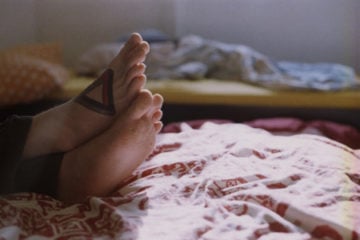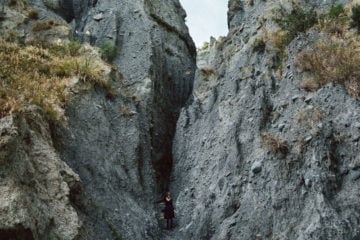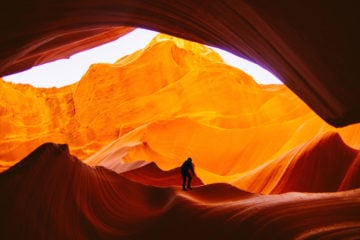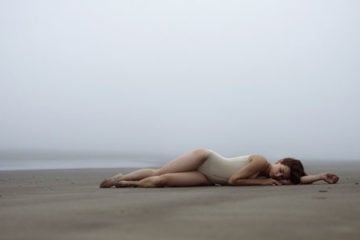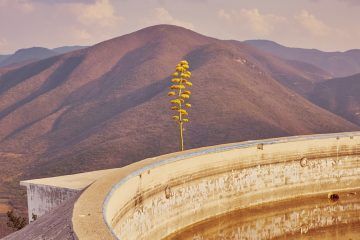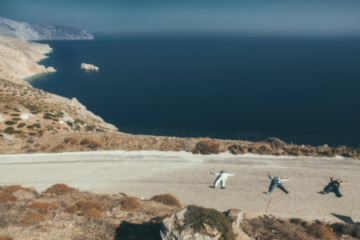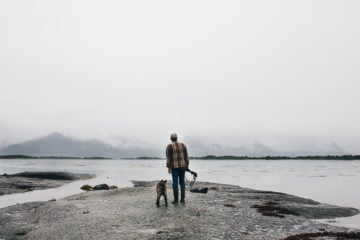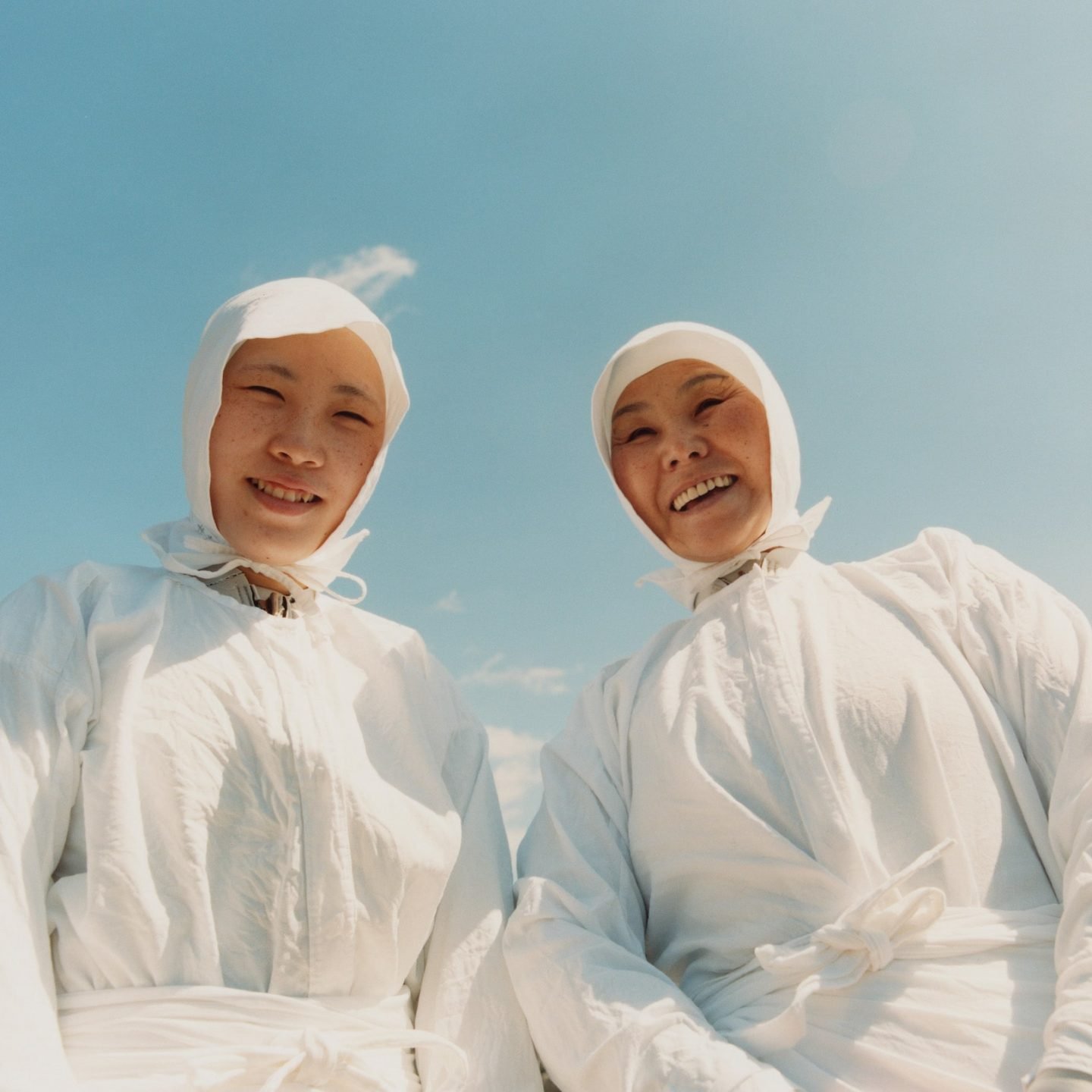
Photographer Stefan Dotter Tenderly Documents The Ama, The Women Of The Sea In Japan
- Name
- Stefan Dotter
- Project
- The Women of the Sea
- Words
- Steph Wade
After spending lengthy periods of time in Japan working on various photographic pursuits, German photographer Stefan Dotter became transfixed by the Ama community, which translates directly from Japanese to ‘sea woman’. A title ascribed to Japanese pearl divers; it is the basis of his ongoing documentary project ‘The Women Of The Sea.’
Based between Berlin and Tokyo, Dotter has won multiple photography awards, is a consultant for the United Nations, and is a teacher of photography for the UNHCR, also known as the The UN Refugee Agency. Despite creating work that crosses genres from documentary and portraiture to cinematic films and fashion editorials, Dotter’s cohesive body of work clearly belongs to him: with an emotive visual tone and a dramatic use of light, color, and shadow. The award-winning series in question focuses on the details within the everyday rituals of the Ama: the free divers, mostly women, who are upholding and safeguarding the ancient art of sea foraging. In a piece for the British Journal of Photography, Marigold Warner writes of the tradition: “The Ama wear white cloths, believed to ward off sharks. And, known to forage for pearls and shellfish, they are trained to dive up to 20 meters to the seabed, collecting their catch in wooden buckets that float on the surface.” These women head underwater without scuba gear or air tanks, and often dive for foods like abalone and wakame seaweed in addition to pearls.
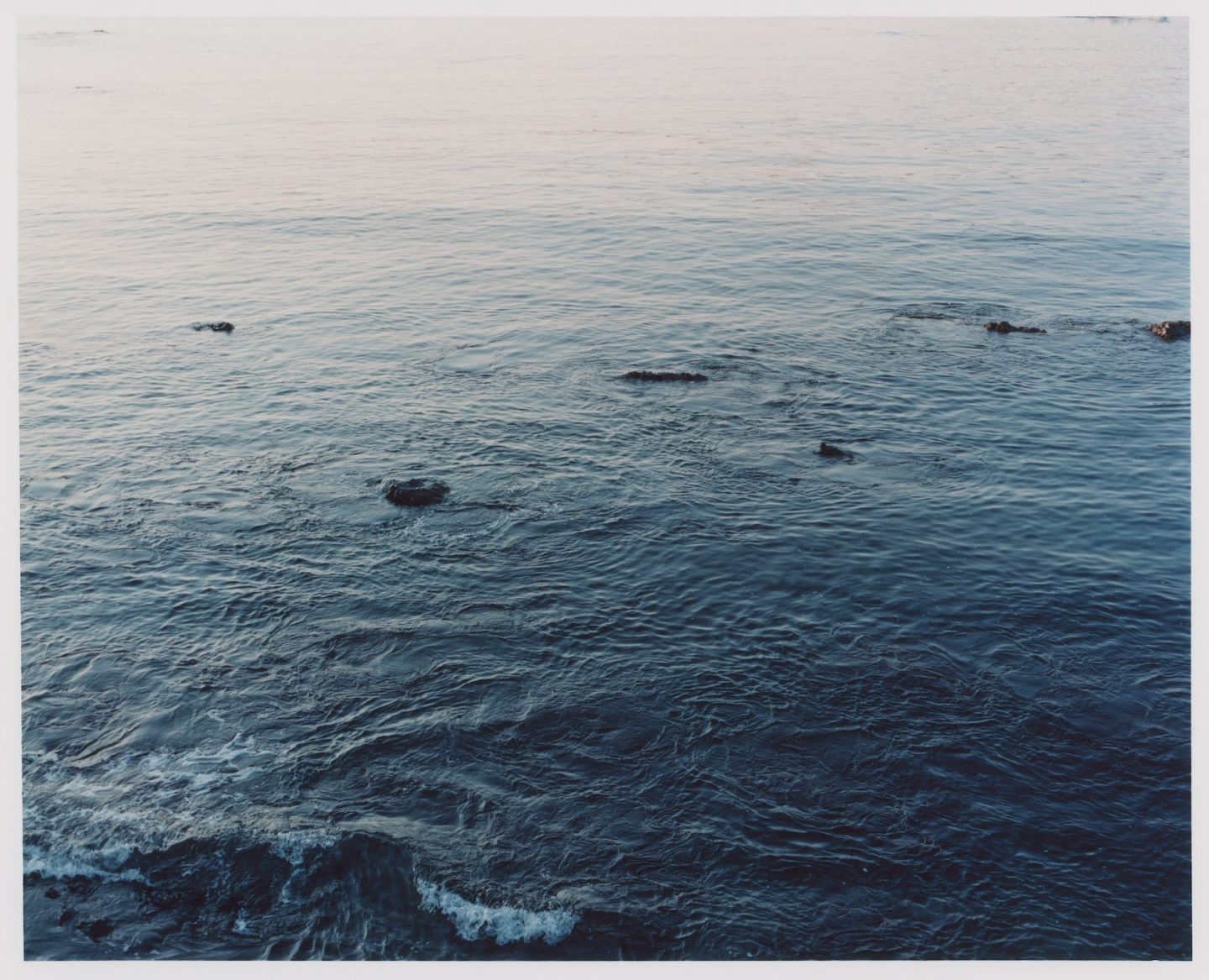
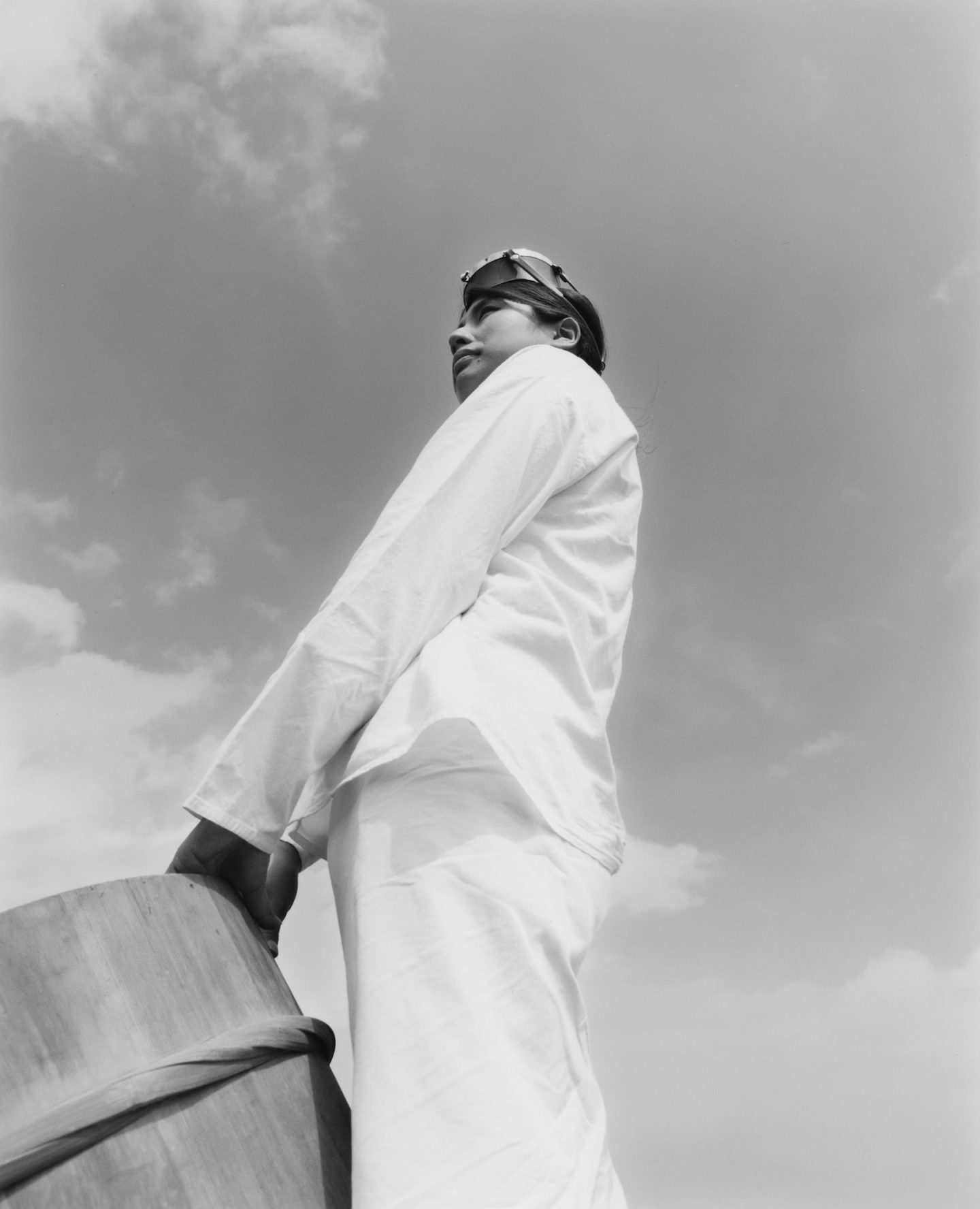
The series arose after the photographer was introduced to the Nakagawa family through a mutual friend, and decided to stay with them for two weeks while pursuing this unique personal project. The resulting thoughtful images, at times laced with a touch of humor, depict mother and daughter Shizuka and Sanae going about their daily rituals. This includes getting in and out of the gear they use and heading out on boats to the diving spots, smiling faces behind masks or gazing down at the camera from a bridge. In an interview with Itsnicethat, Dotter notes that learning about the Ama is similar to stumbling across a ‘little universe’, and, because there are just 2000 divers left in Japan, he made it his plan to document its history. “It’s a fading tradition, but with the work we do, we have the opportunity to make it live on a bit longer, even if it’s just in a book,” he says.
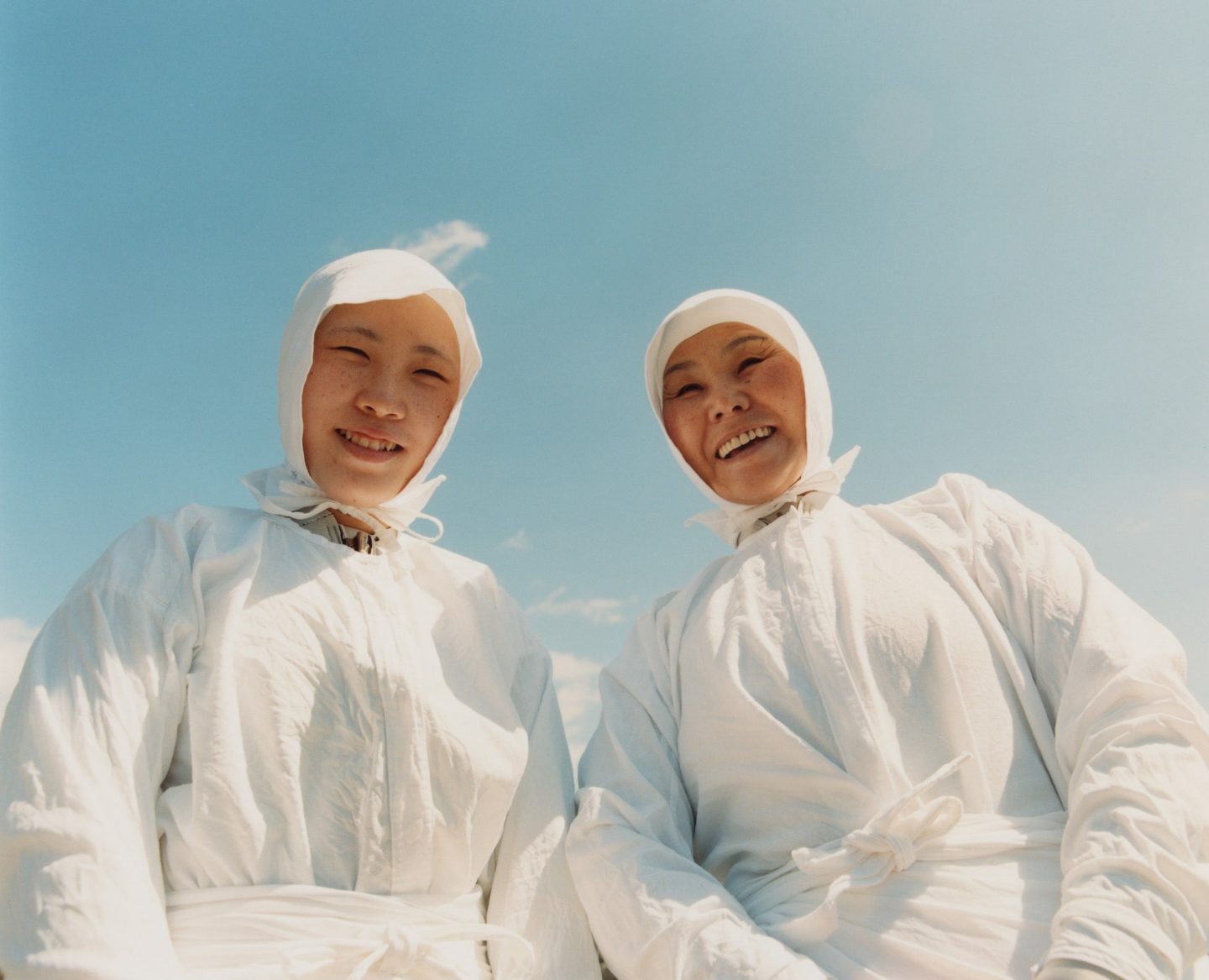
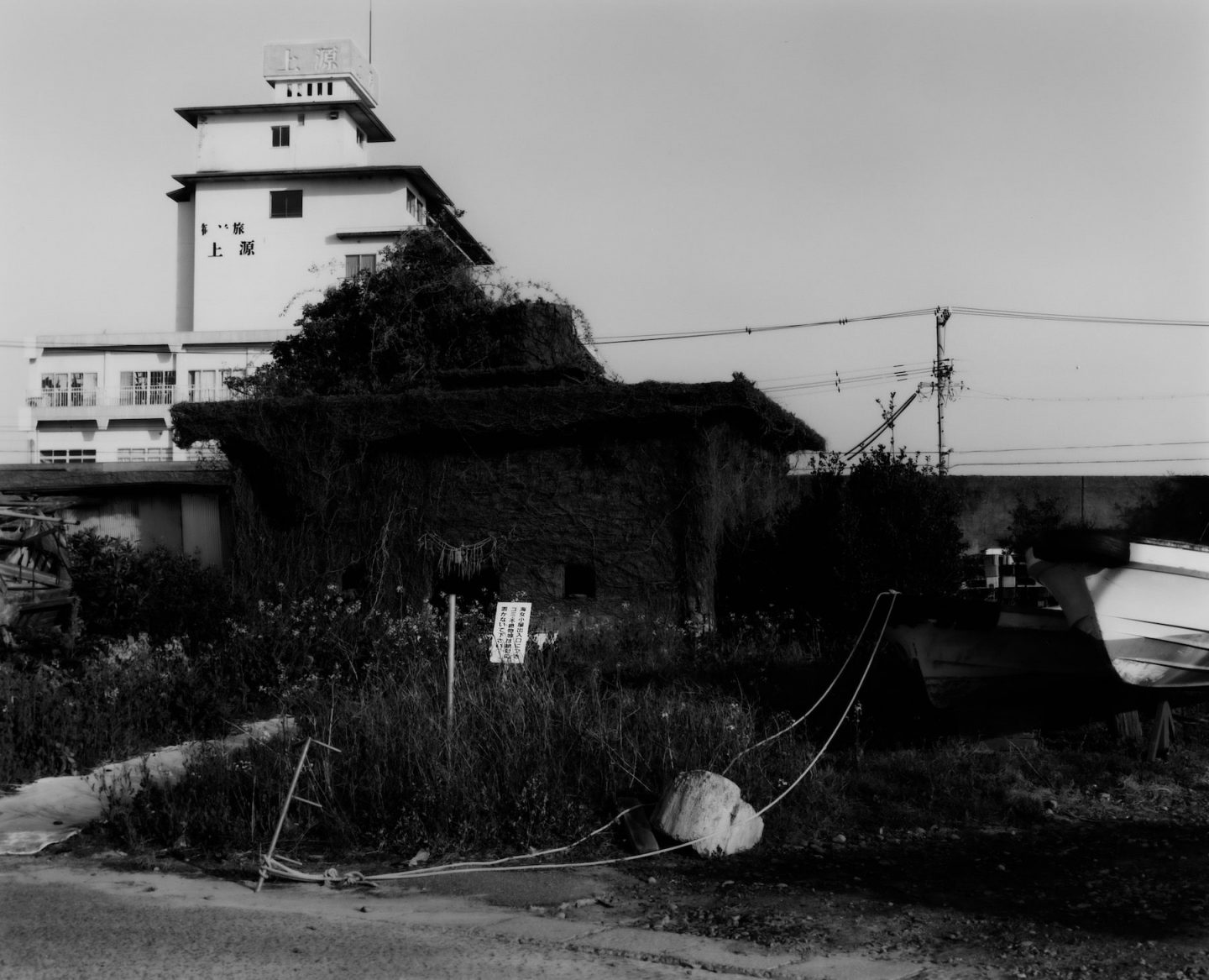
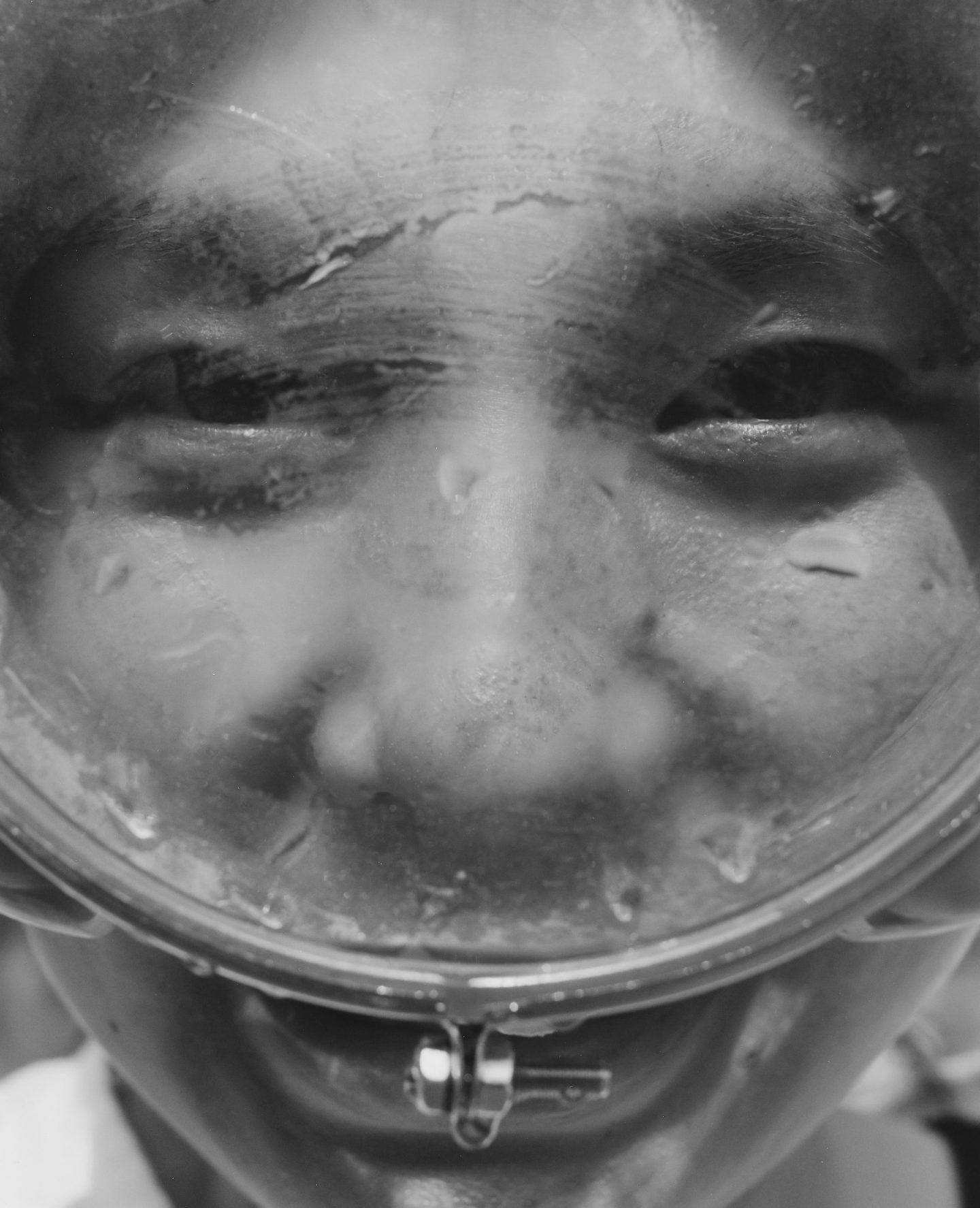
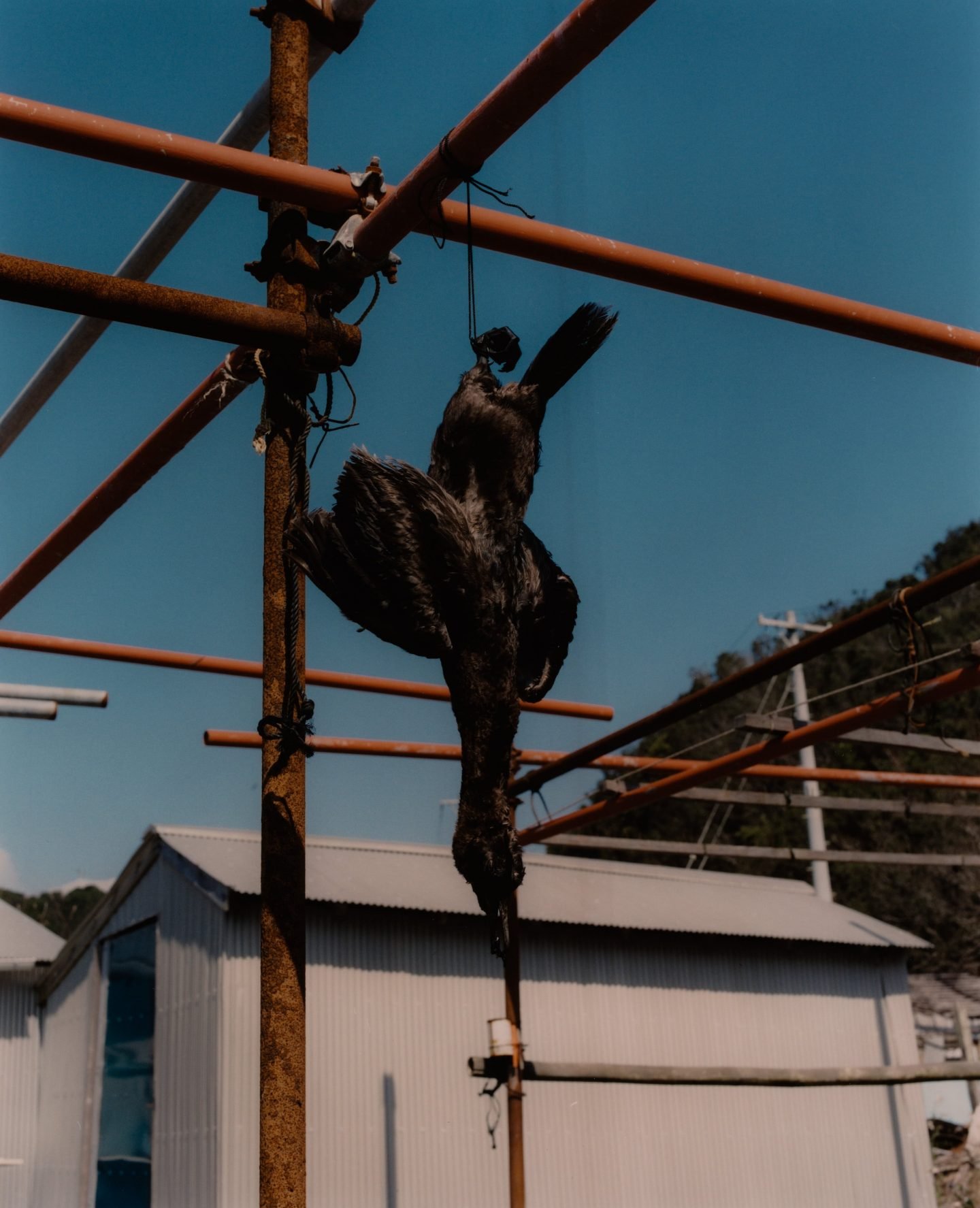
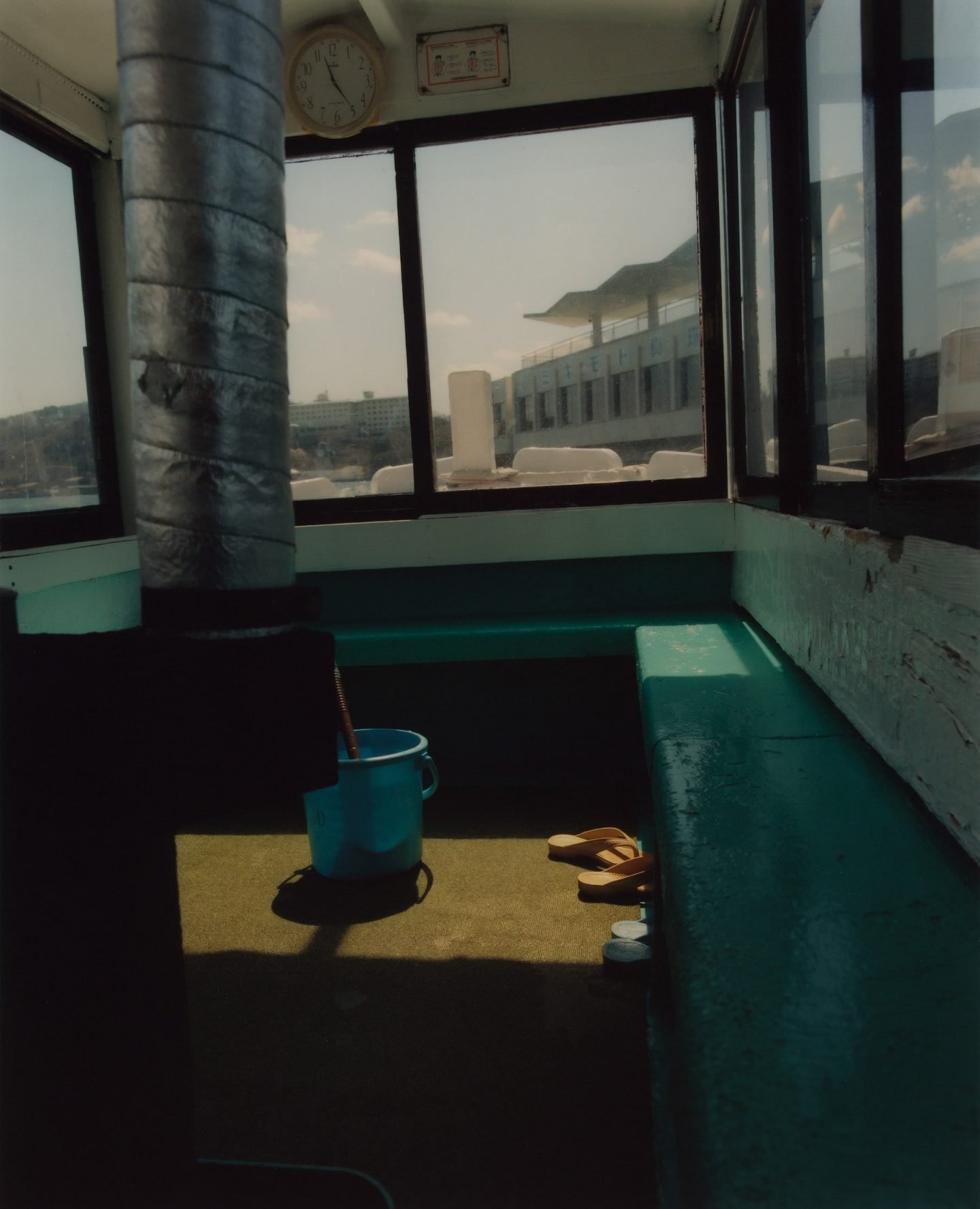
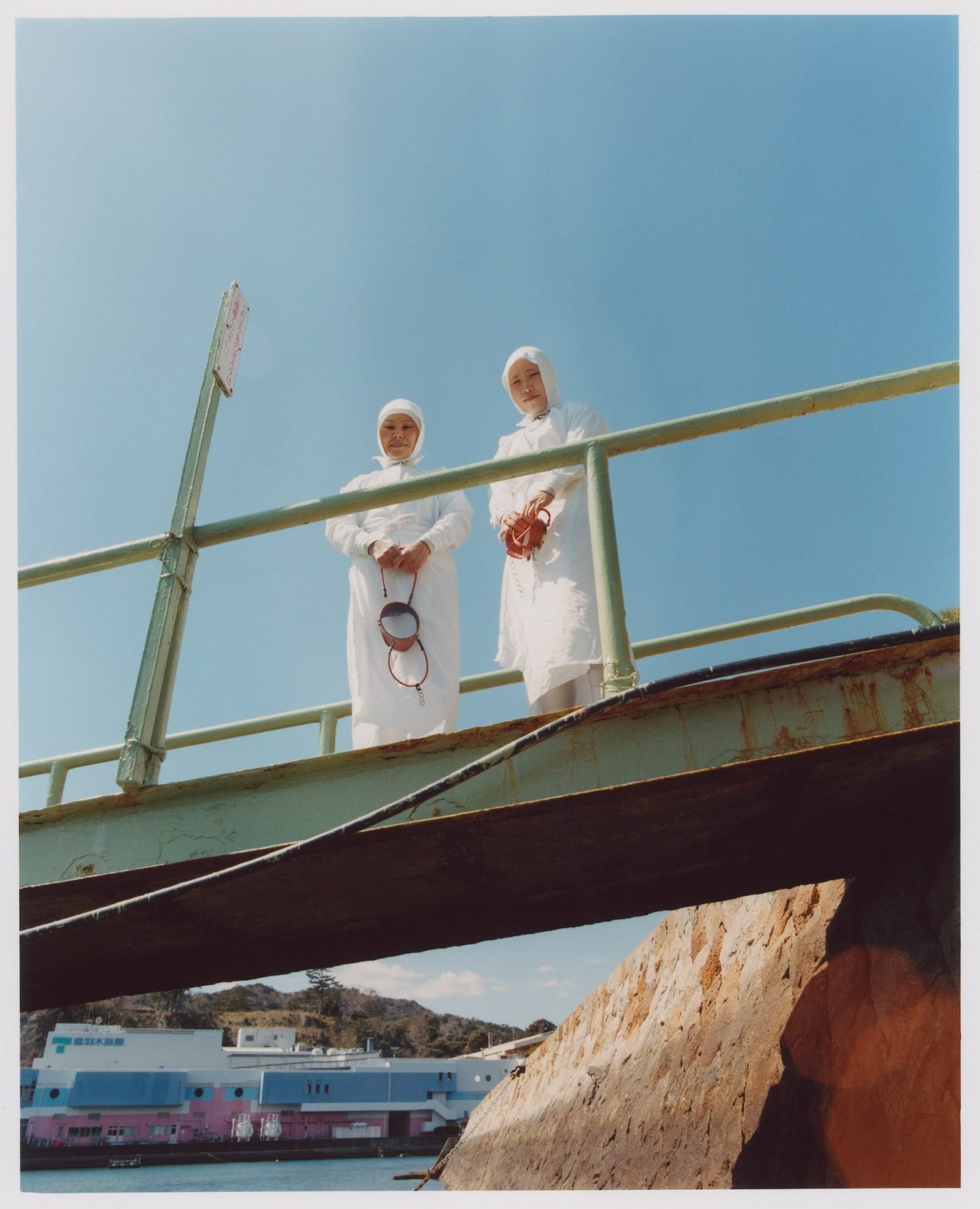
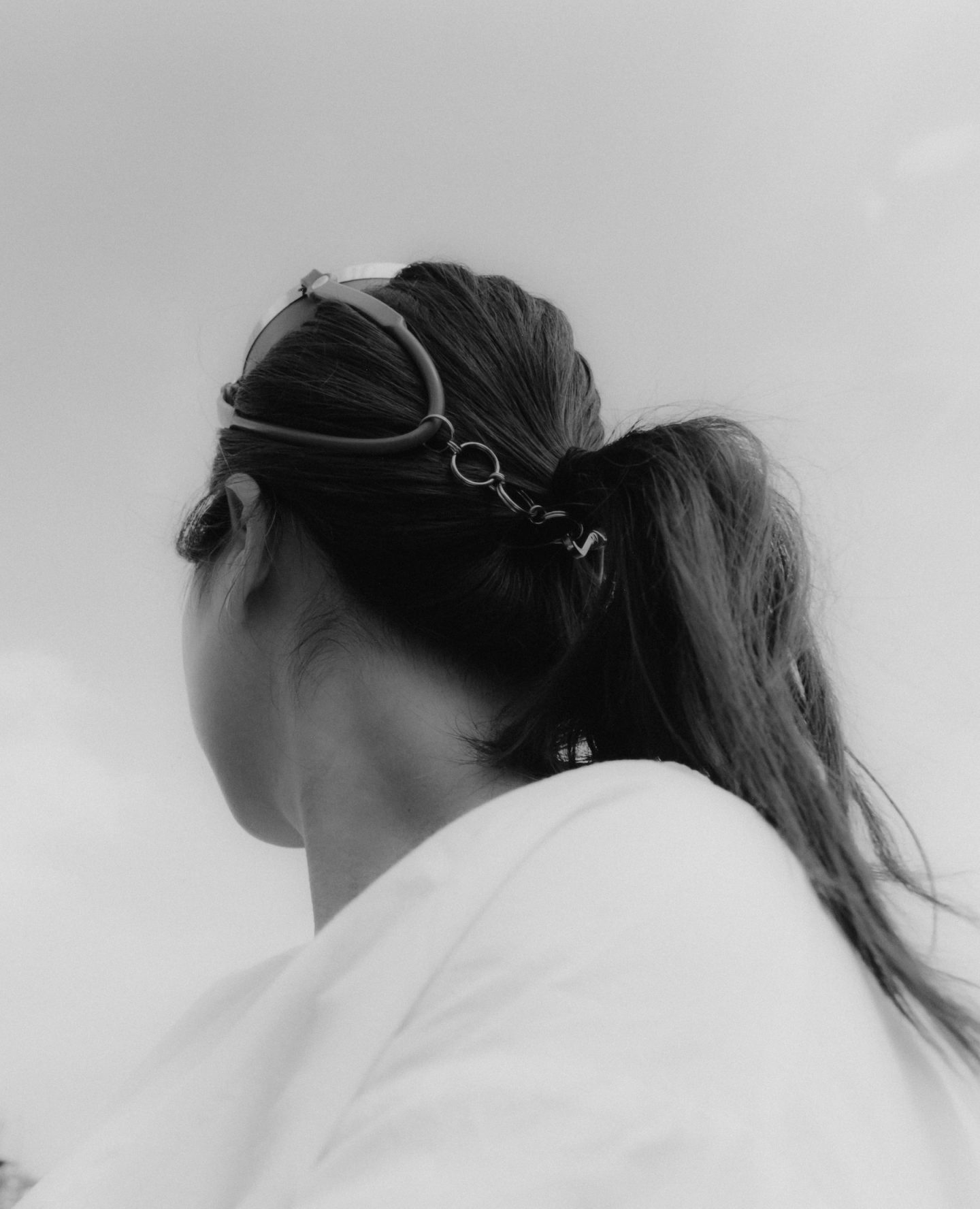
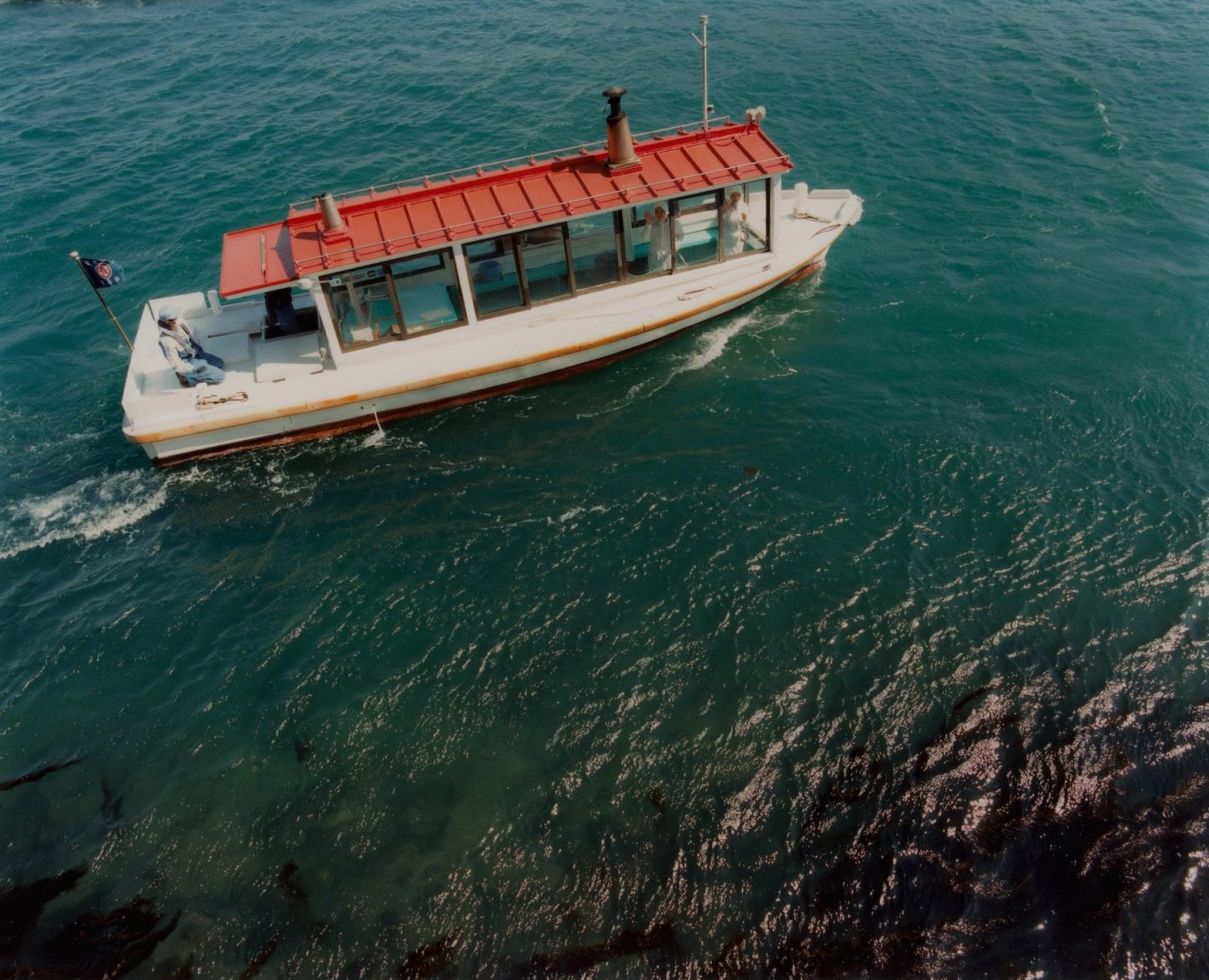
All images © Stafen Dotter
